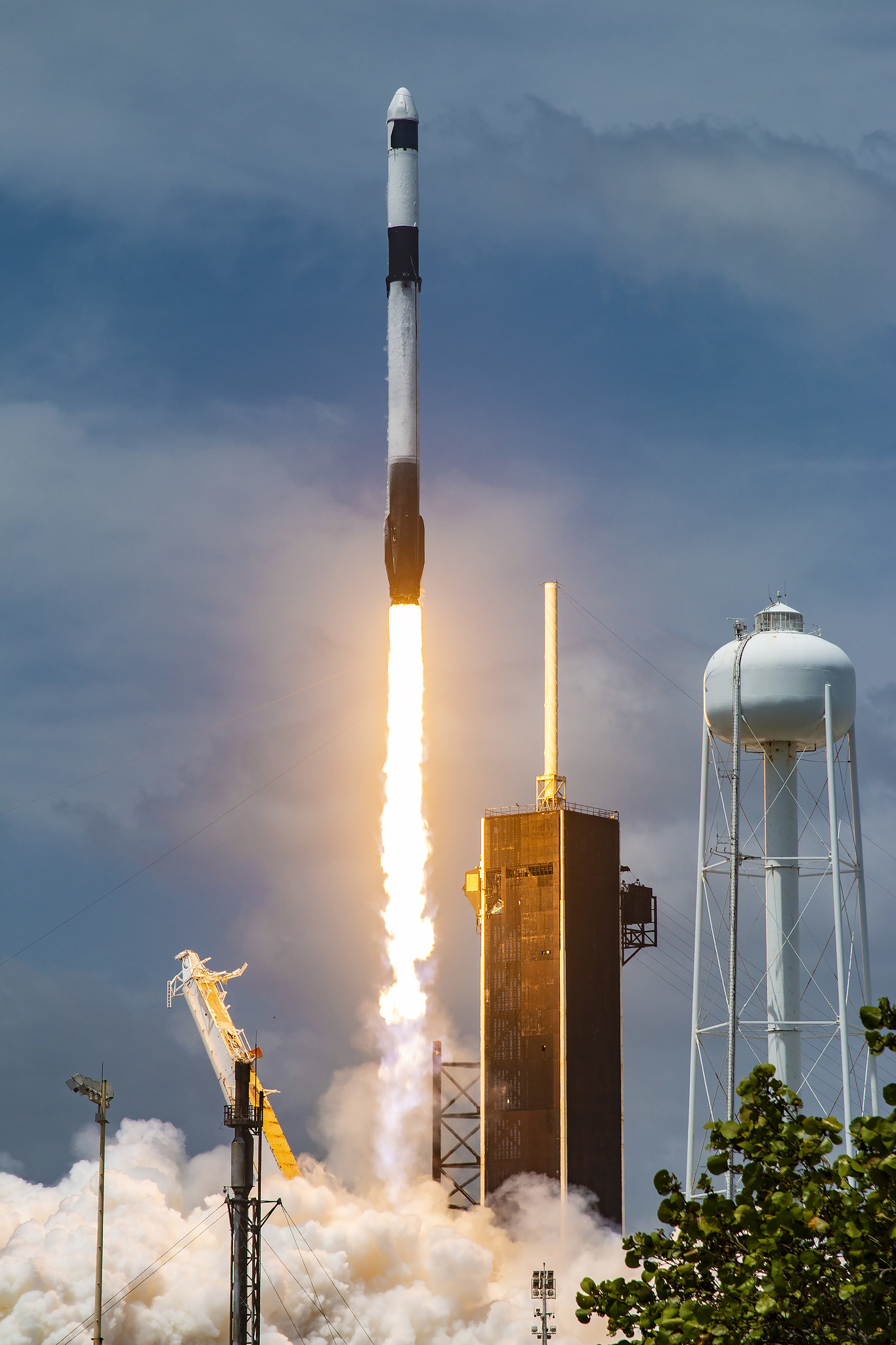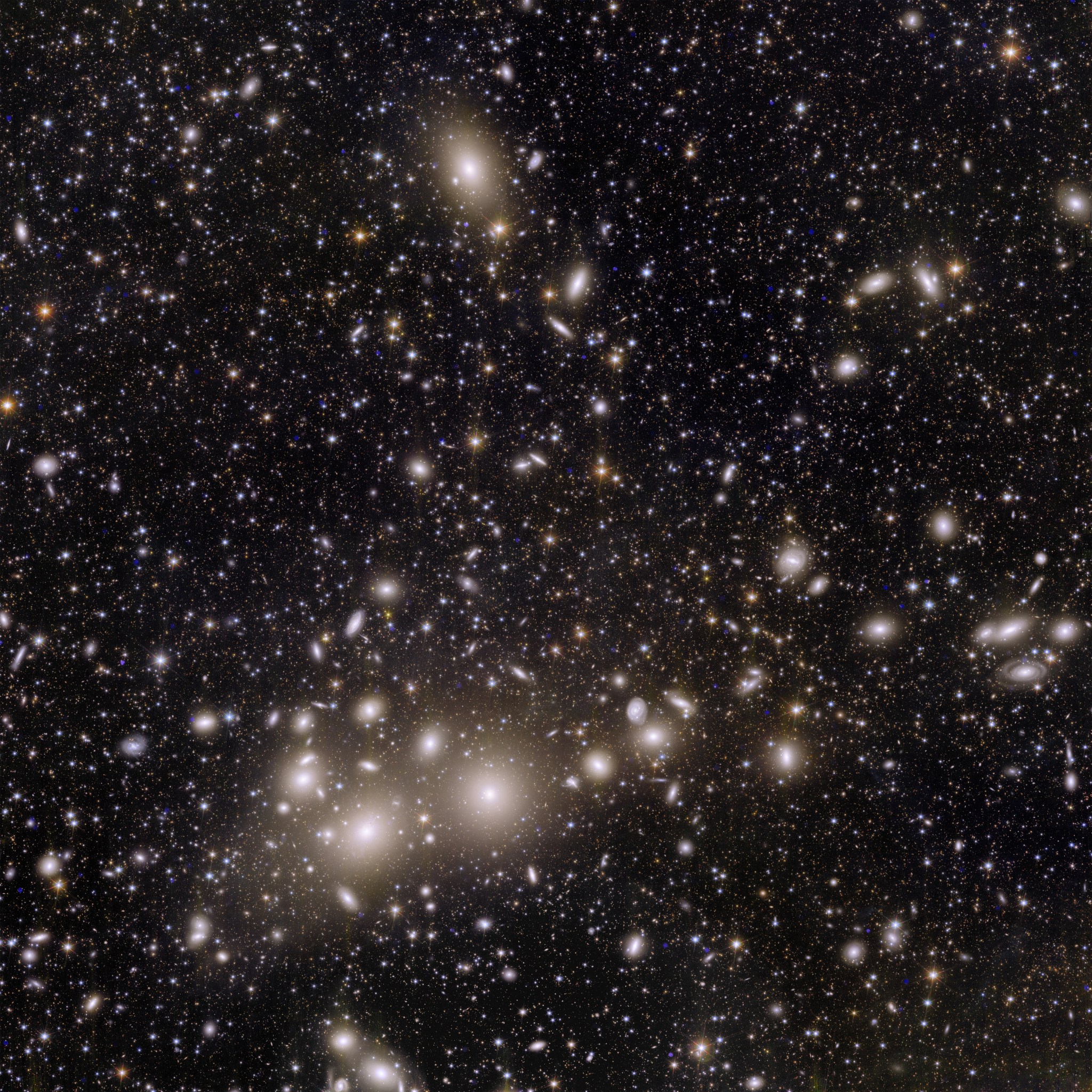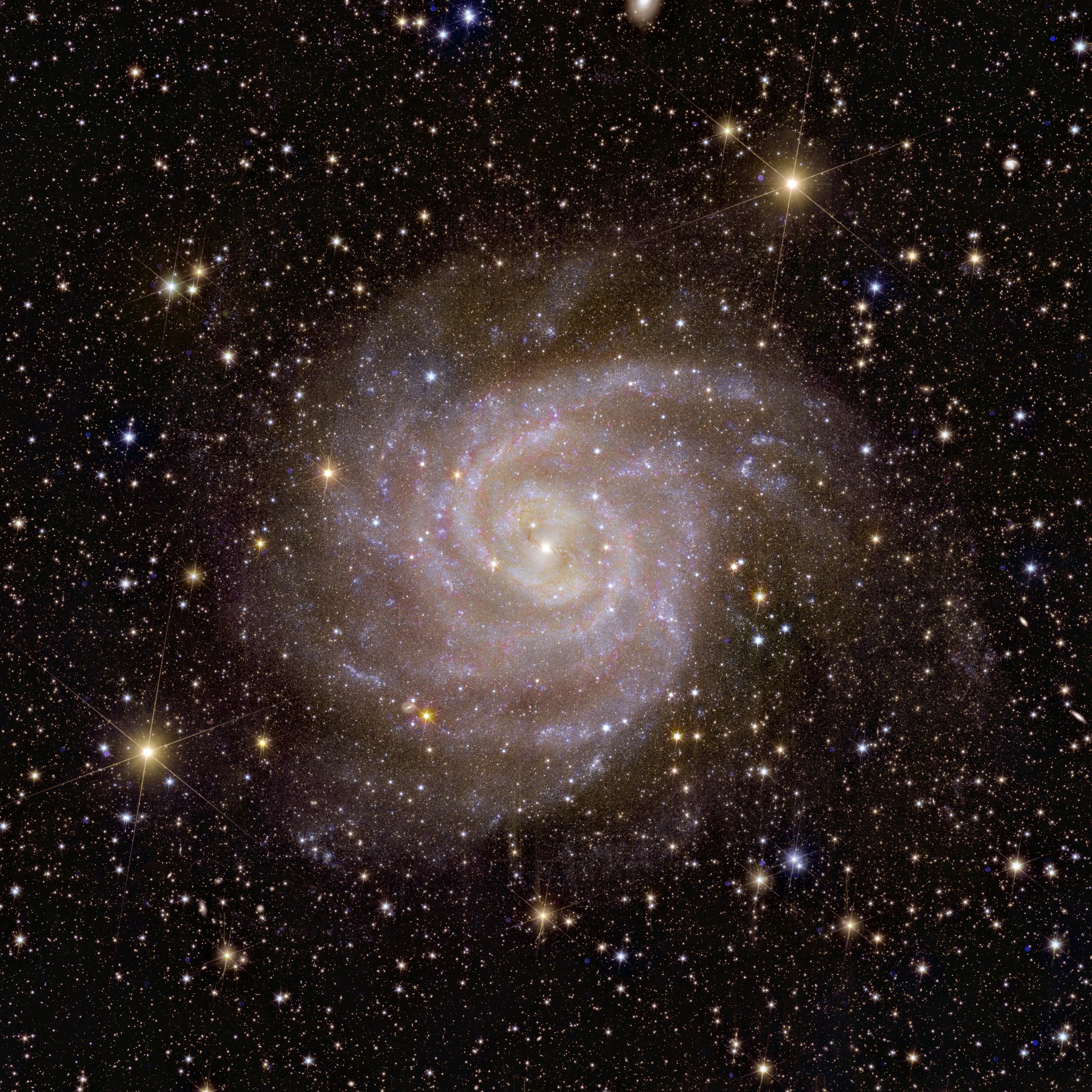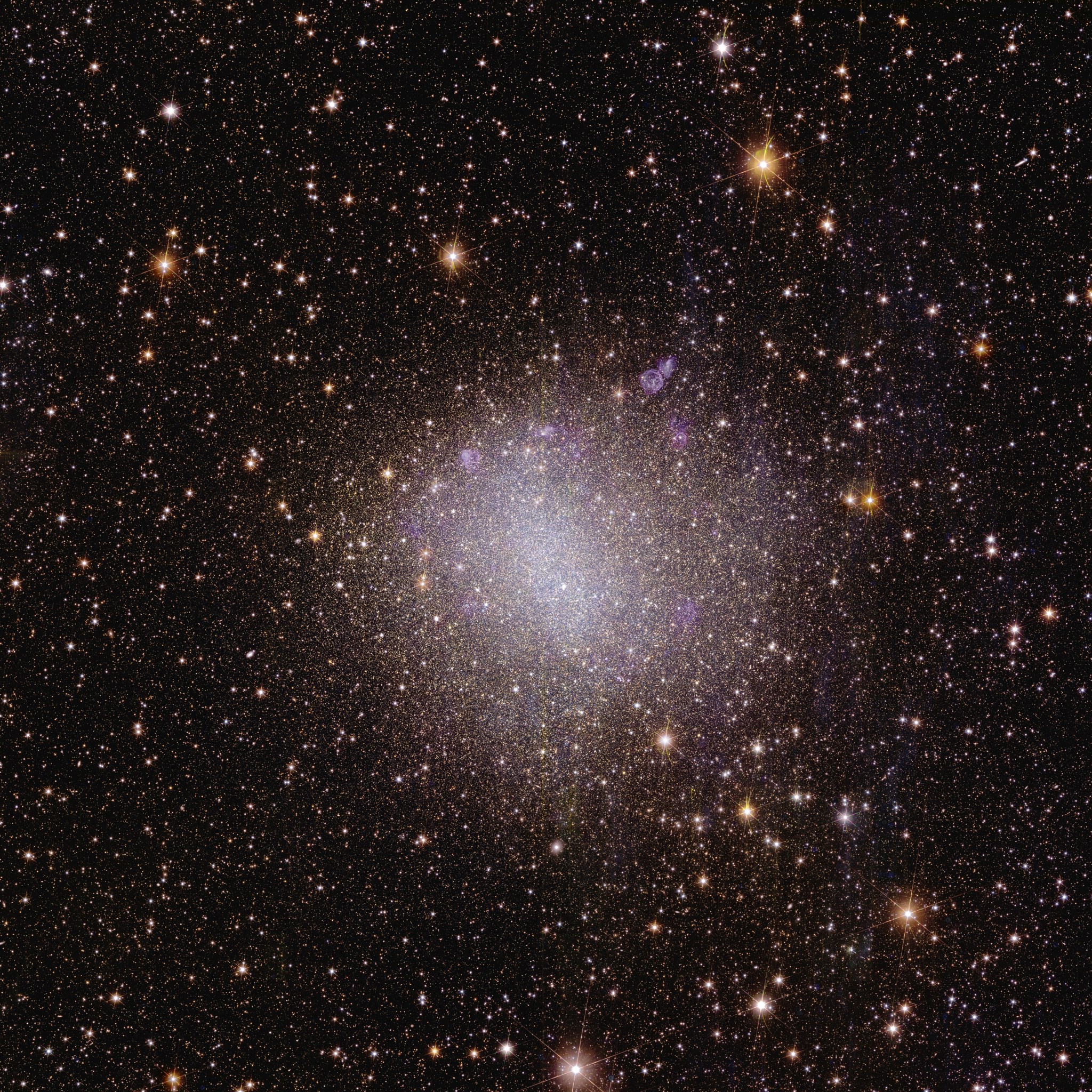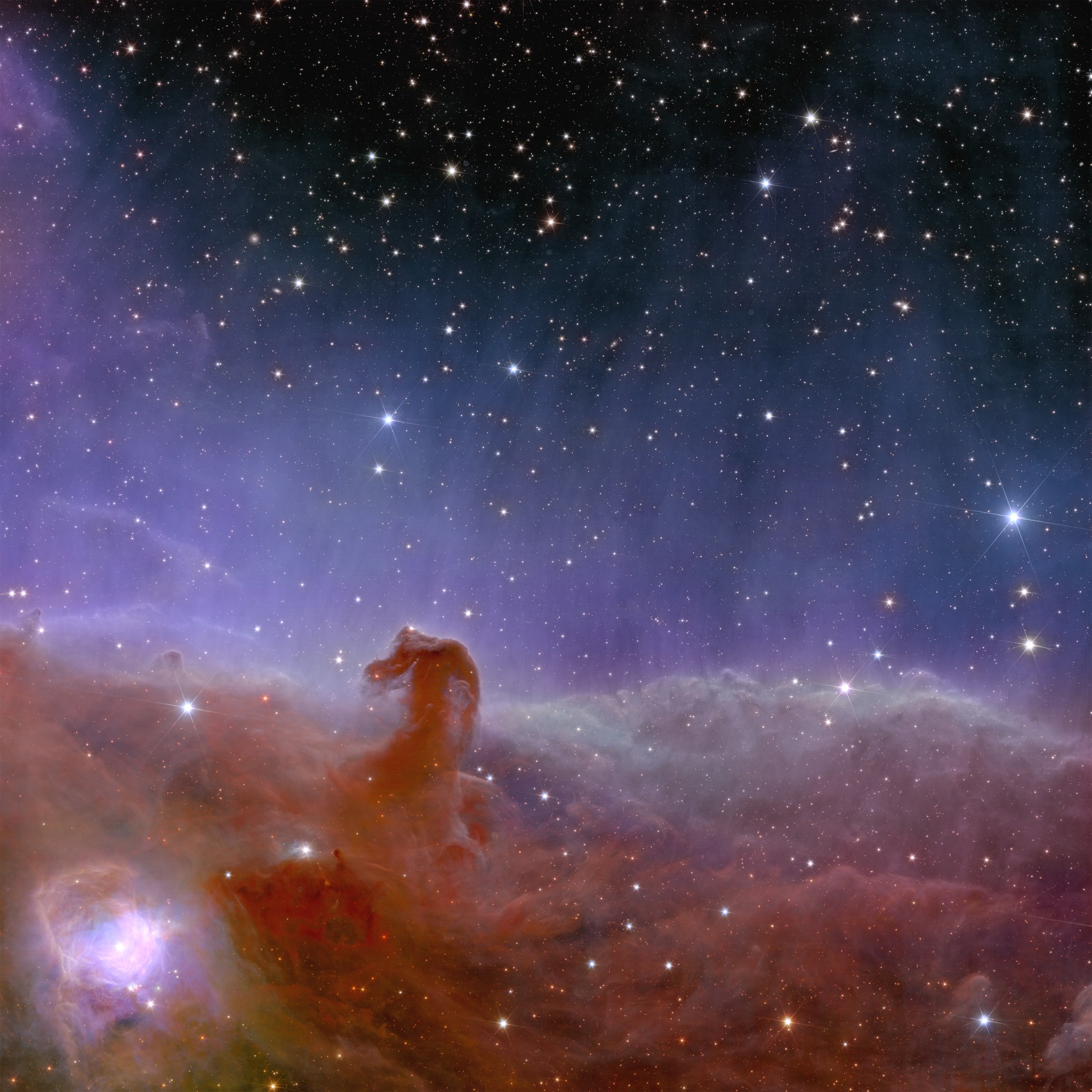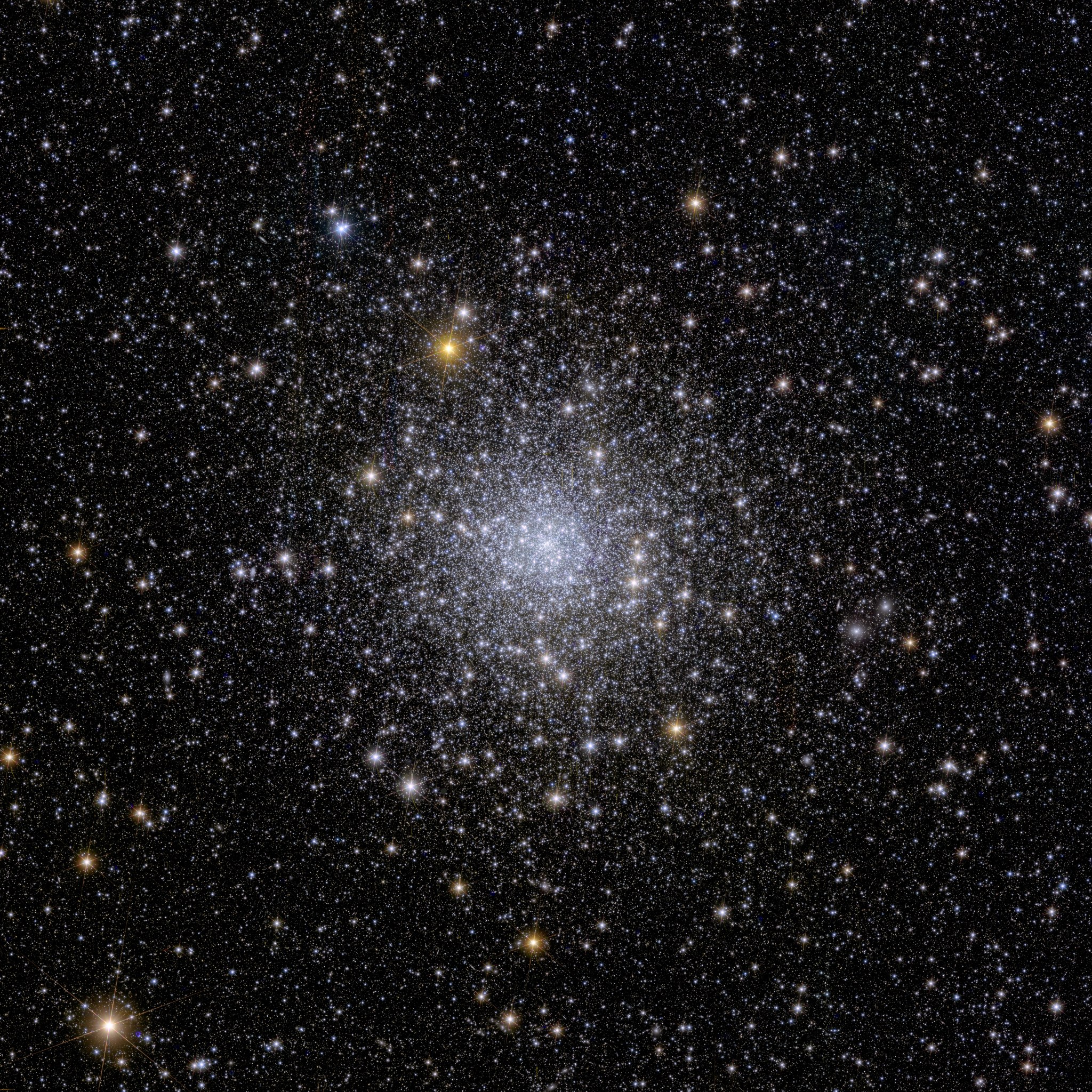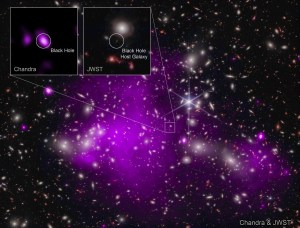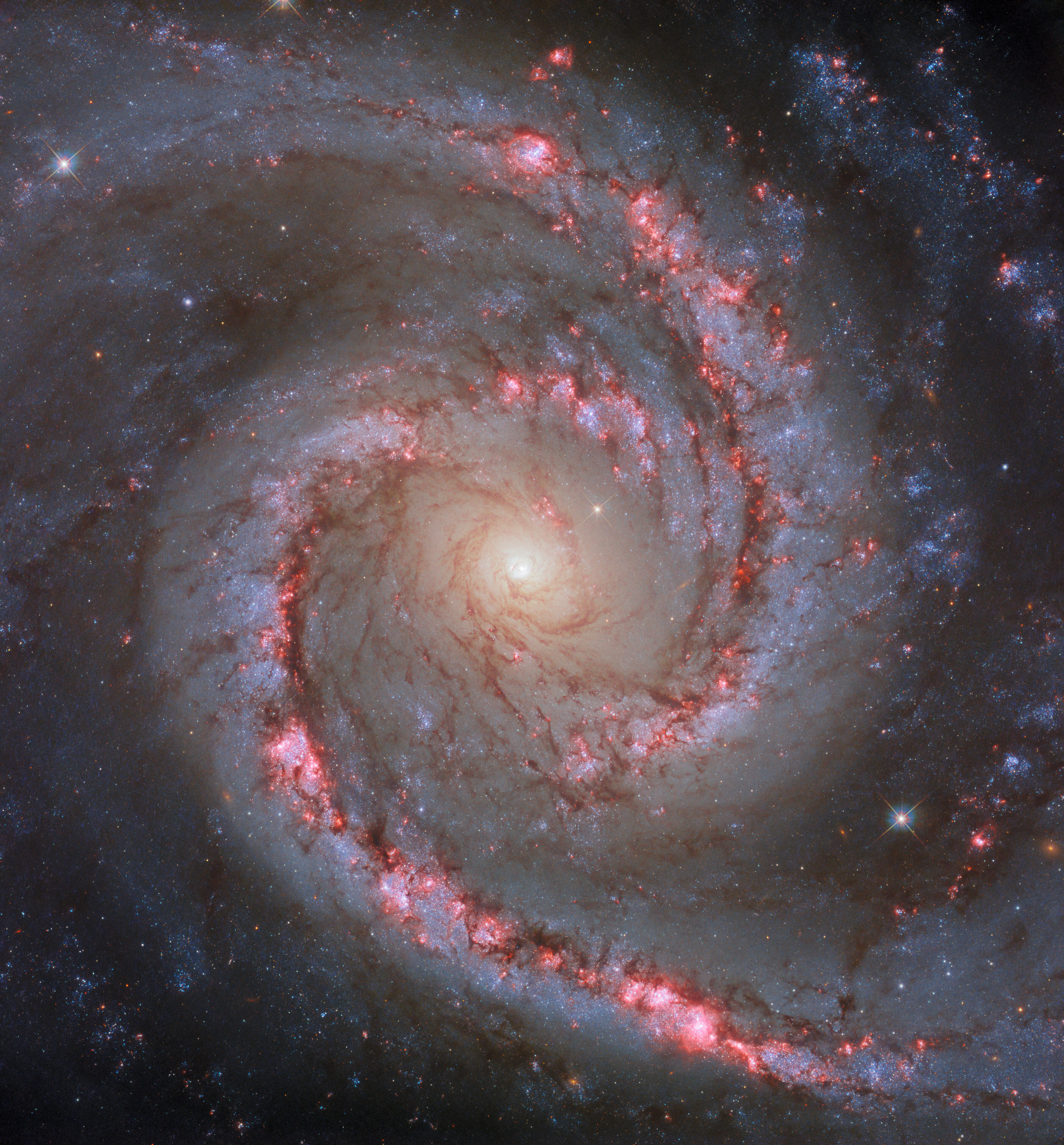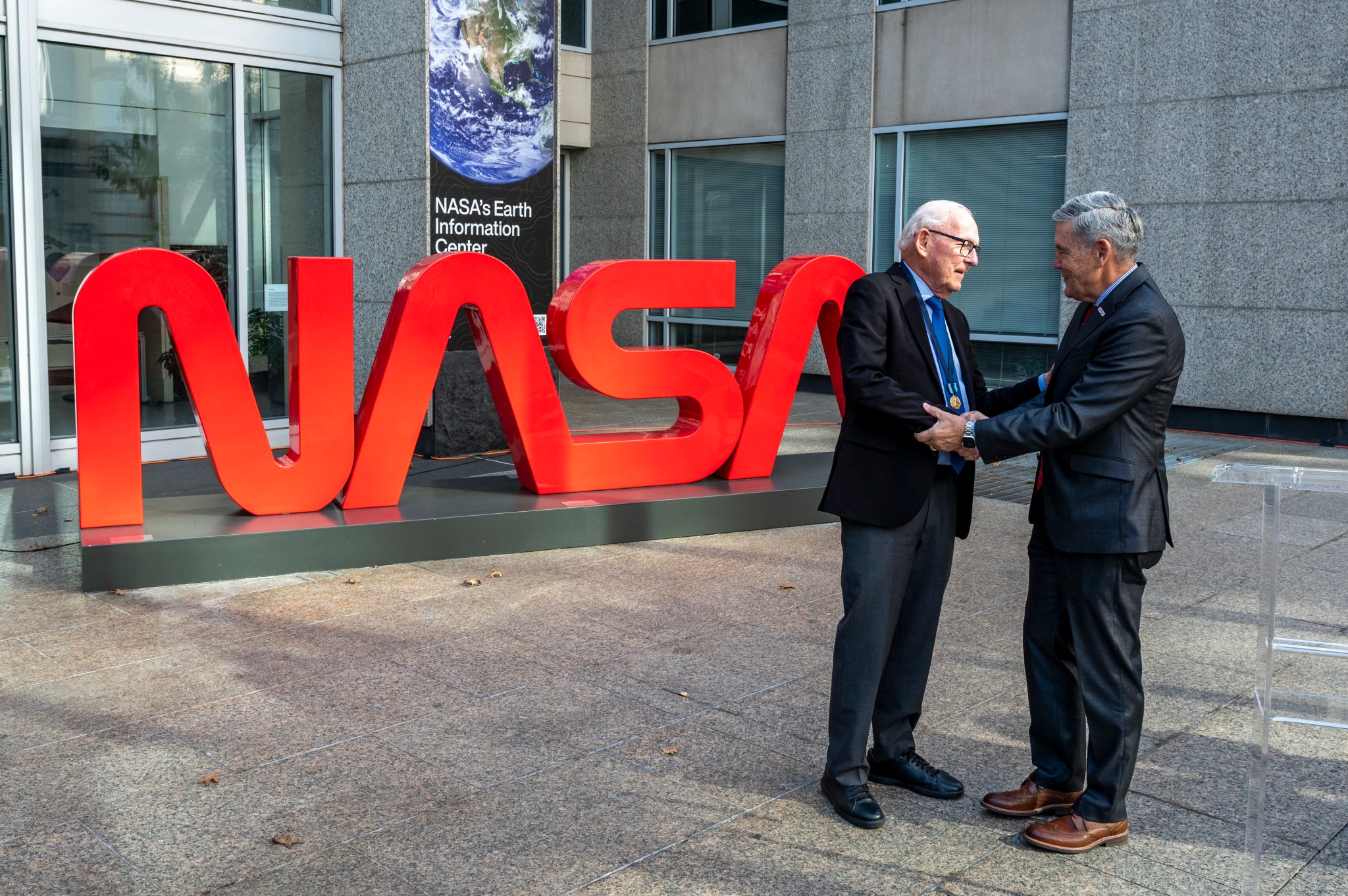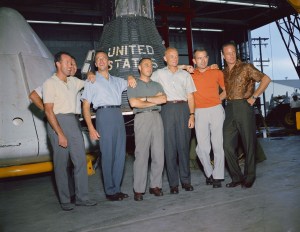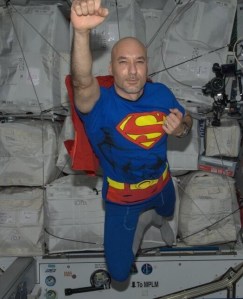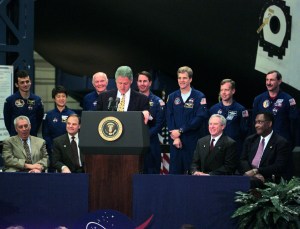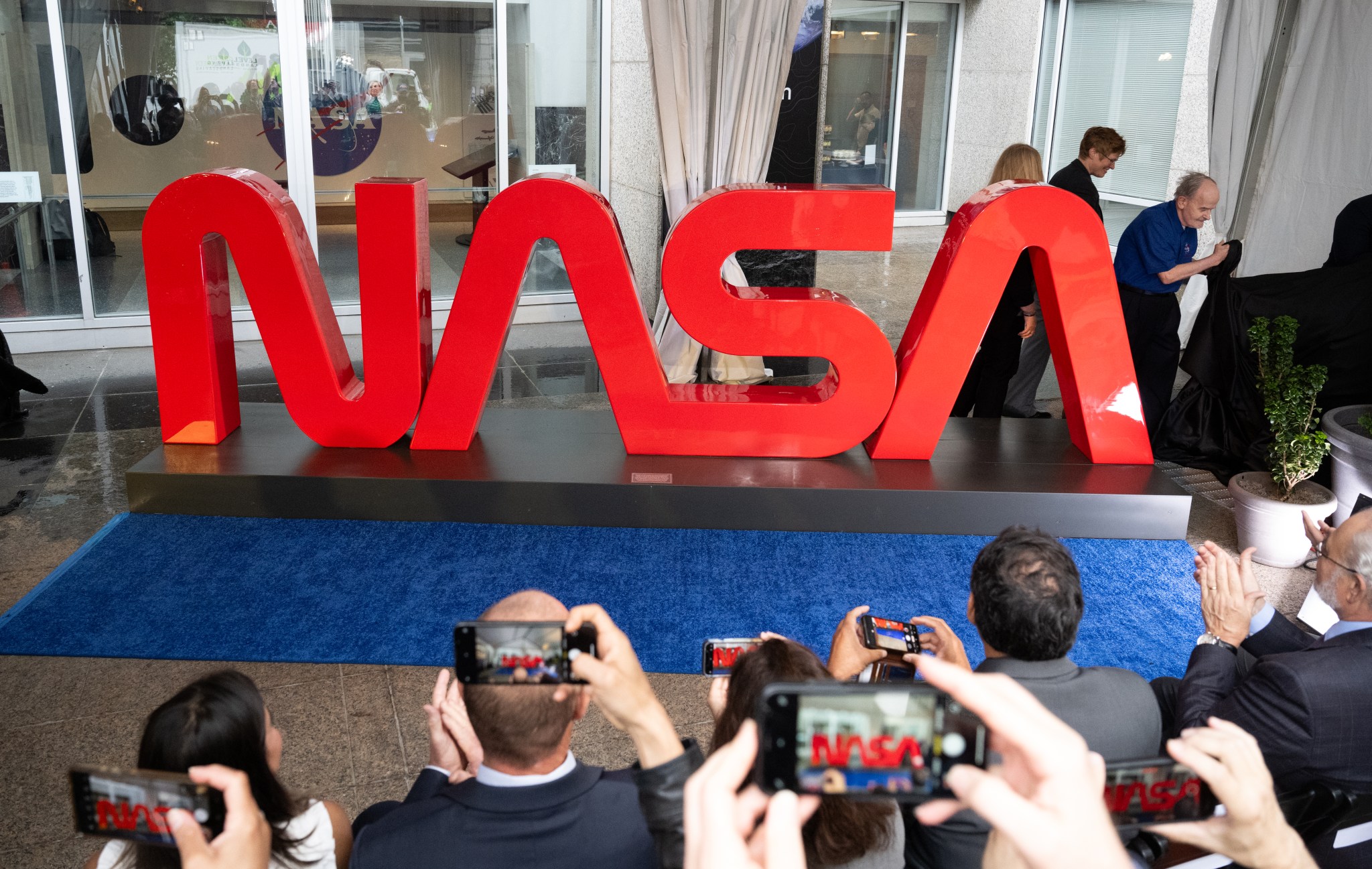First Science Images Released From ESA Mission With NASA Contributions
The new images from the Euclid mission include a cluster of thousands of distant galaxies, demonstrating the spacecraft’s unique abilities.
The Euclid mission, which will investigate the mysteries of dark matter and dark energy, released its first five science images Tuesday, Nov. 7 The observatory, led by ESA (European Space Agency) with NASA contributions, is scheduled to begin regular science operations in early 2024.
The new images include views of a large cluster of thousands of distant galaxies, close-ups of two nearby galaxies, a gravitationally bound group of stars called a globular cluster, and a nebula (a cloud of gas and dust in space where stars form) – all depicted in vibrant colors.
“The Euclid observatory will uncover a treasure trove of scientific discoveries that will be used across the world, including by U.S. scientists, for years to come,” said Nicola Fox, associate administrator, Science Mission Directorate, at NASA Headquarters in Washington. “Together, NASA and ESA are paving the way for a new era of cosmology for NASA’s forthcoming Nancy Grace Roman Space Telescope, which will build upon what Euclid learns and will additionally survey objects on the outskirts of our solar system, discover thousands of new planets, explore nearby galaxies, and more.”
Euclid launched on July 1 from Cape Canaveral, Florida, then traveled nearly 1 million miles to its vantage point. Following a period of commissioning (testing of the instruments and other components), the space telescope is performing as expected.
NASA’s Jet Propulsion Laboratory in Southern California delivered critical hardware for one of the Euclid spacecraft’s instruments. In addition, NASA has established a U.S.-based Euclid science data center, and NASA-funded science teams will join other Euclid scientists in studying dark energy, galaxy evolution, and dark matter. The agency’s Nancy Grace Roman mission will also study dark energy – in ways that are complementary to Euclid. Mission planners will use Euclid’s findings to inform Roman’s dark energy work.
Surveying the Dark Universe
During its planned six-year mission, Euclid will produce the most extensive 3D map of the universe yet, covering nearly one-third of the sky and containing billions of galaxies up to 10 billion light-years away from Earth.
To do this, Euclid needs a wide field of view, which enabled these new images covering a relatively large area. In this way, Euclid differs from targeted observatories like NASA’s James Webb Space Telescope that focus on a smaller area of the sky at any one time but typically offer higher-resolution images. Wide-field observatories like Euclid can observe large sections of the sky much faster than targeted telescopes. In addition, Euclid has high resolution compared to previous survey missions, which means it will be able to see more galaxies in each image than previous telescopes.
For example, Euclid’s wide view was able to capture the entirety of the Perseus galaxy cluster, and many galaxies beyond it, in just one image. Located 240 million light-years from Earth, Perseus is among the most massive structures known in the universe. Euclid’s full survey will ultimately cover an area 30,000 times larger than this image.
The telescope’s survey approach is necessary to study dark energy, the mysterious driver behind our universe’s accelerating expansion. While gravity should pull everything in the universe together, everything is instead moving apart faster and faster. “Dark energy” is the term scientists use for this unexplained expansion.
To study the phenomenon, scientists will map the presence of another cosmic mystery, dark matter. This invisible substance can be observed only by its gravitational effect on “regular” matter and objects around it, like stars, galaxies, and planets. Dark matter is five times more common in the cosmos than regular matter, so if dark energy’s expansive influence on the universe has changed over time, the change should be recorded in how dark matter is distributed on large scales across the universe, and Euclid’s 3D map should capture it.
“Euclid’s first images mark the beginning of a new era of studying dark matter and dark energy,” said Mike Seiffert, Euclid project scientist at JPL. “This is the first space telescope dedicated to dark universe studies, and the sheer scale of the data we’re going to get out of this will be unlike anything we’ve had before. These are big mysteries, so it’s exciting for the international cosmology community to see this day finally arrive.”
NASA’s Roman mission will study a smaller section of sky than Euclid, but it will provide higher-resolution images of hundreds of millions of galaxies and peer deeper into the universe’s past, providing complementary information. Scheduled to launch by May 2027.
The data from the new Euclid images is now available to the scientific community, and scientific papers analysing that data are expected to follow. As the mission progresses, Euclid’s bank of data will grow. New batches will be released once per year and will be available to the global scientific community via the Astronomy Science Archives hosted at ESA’s European Space Astronomy Centre in Spain.
More About the Mission
Euclid is a European mission, built and operated by ESA, with contributions from NASA. The Euclid Consortium – consisting of more than 2,000 scientists from 300 institutes in 13 European countries, the U.S., Canada, and Japan – is responsible for providing the scientific instruments and scientific data analysis. ESA selected Thales Alenia Space as prime contractor for the construction of the satellite and its service module, with Airbus Defence and Space chosen to develop the payload module, including the telescope. NASA provided the detectors of the Near-Infrared Spectrometer and Photometer, NISP. Euclid is a medium-class mission in ESA’s Cosmic Vision Programme.
News Media Contacts
Calla Cofield
Jet Propulsion Laboratory, Pasadena, Calif.
626-808-2469
calla.e.cofield@jpl.nasa.gov
Elizabeth Landau
NASA Headquarters, Washington
202-358-0845
elandau@nasa.gov
ESA Media Relations
media@esa.int
2023-161
Powered by WPeMatico
Get The Details…
Naomi Hartono
